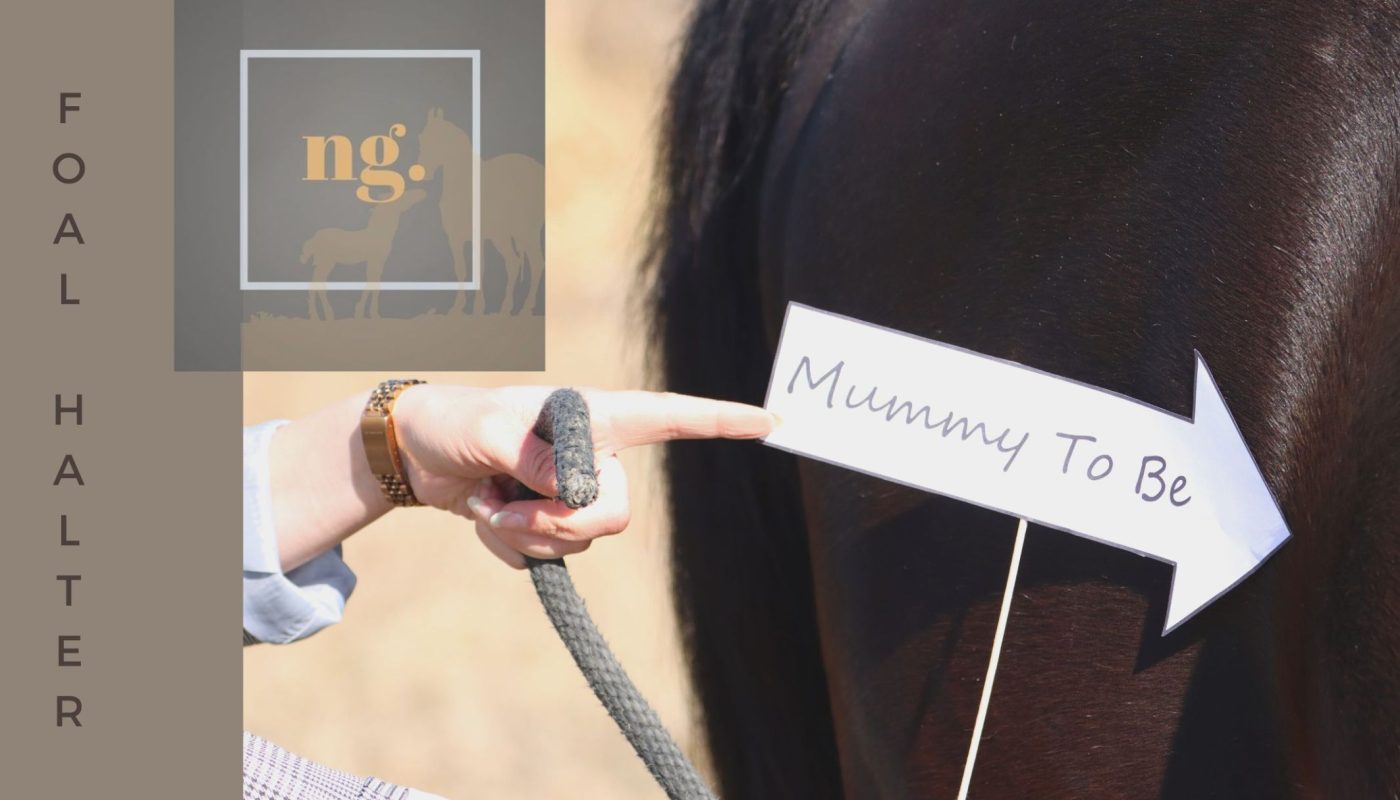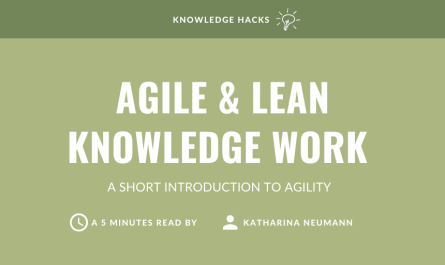In the first article we had a look at the first two of the main topics connected with the decision to have a foal. The choice of a stable and choice of a stallion. There we have mentioned important questions towards stable owners and aspects connected with choosing a stable and the importance of sober evaluation of mare’s strengths and connected choice of a perfectly matching stallion (in case you missed these, read the full text here: https://bit.ly/nextgenequine).
And today we are going to dig a bit deeper in what to consider when planning a foal.
Finances
Let’s be honest, it is all about money in the first place. Many horse owners tend to think that they will somehow miraculously save some money during their mare pregnancy period. This might be partially a truth, if you have just switched from a sports career and been browsing competition every other weekend. But being a hobby rider, be prepared that your expenses might arise for additional care, veterinarian visits or just because her feeding amounts needs to be increased. Some might argue that the change of stable to less fancy area or even to 24/7 turnout will save a lot, but every change brings some costs. Are you sure your horse will be comfortable throughout the whole day outside? It might, but you might as well find out that it is missing it´s comfort of a safe box place at night or that you need to buy a series of rugs to be sure of the thermal comfort of your mare if not having them yet. The mare of mine, for example, is more like Qatar princess than a resilient bear from the North. That doesn’t belittle her qualities at all, it only says that it would be more than useful to keep up the standard to maintain her satisfaction. At the end of the day, you don’t want her to miss anything, when carrying a future champion, right?
Also, did you mare need some supplements throughout the last years? Due to increased nutrition and mineral needs, it is possible that she may still benefit of some supplements even now.
What is necessary to provide your mare in the times of pregnancy in terms of nutrition? We will discuss this in one of the next articles!
Mental well-being
Some of them start at the point where others have a break or where they end their successful careers. What is it we are talking about? About a complete shift in a management but also the life of your mare, which might have just finished her sporty career. It is okay if psychology as a part hasn’t come up to your mind straight away, it would be unexpected for me as well if I didn’t have a sensitive mare myself. It is good to realise, that horses usually don’t enjoy any change that much. Do you plan to move your mare to another stable? Let´s do that, no problem. But make sure the conditions are suitable for her, not only from the physical point of view but also from the mental one.
How could a possible change management look like?
(Based on my mare’s and an already verified schedule)
| Time frame | Action | Explanation |
| First week of stable change | Separate field, ideally next to the future one with the rest of the horses | Safe feeling and control about the horse in new area while getting to know colleagues across the fencing |
| Continuation with the same work as in the previous stables | Remembered work stereotype feels safe, regularity is desired | |
| Second week of stable change | Taking down the hind shoes followed by integration into the existing herd, watching over the first hour | Assurance regarding the mutual safety and acceptance in the herd |
| Up to 3 months of gestation | No need for bigger changes in management, regular work. | Fetus is still very small; its approximate weight is 100gr. |
| Up to 6 months of gestation | Regular working schedule without intensive training or jumping. Possibly without much sweating. Nutritional needs unchanged. Consider whether your mare needs a rug or not and get her used for any change accordingly. | Fetus small, but growing, possible unexpected or intensive movements (as while jumping) could cause shaking and abortion in case of more sensitive individuals. |
| 6-9 months of gestation | Work schedule is up to consideration and individual condition of each mare, longer trot or gallop sessions are not recommended but regular controlled movement/ exercise is, on the other hand. No bigger changes in rugging that could affect thermoregulation should be made. Nutritional needs already arise, up to 30% of the previous ratio. |
Fetus starts to take over some internal space, by the end of the period you can feel that breathing after some cardio session might be harder. Movement recommended to balance higher food intake. Be cautious about both high and very low temperatures and try to adjust your care accordingly! |
| 9- 11 months of gestation/birth | Walks on hand recommended if the mare feels like it. Focus on calm areas. Nutritional needs arise. | Be tolerant about the mare’s mood, she experiences fetal rewind or might be overly protective on some days. |
Timeframes and recommendations have been created also thanks to a discussion with three successful long-time breeders and their experiences. Always consult your mare’s state with your long-term veterinarian or hire an equine nutritionist to help you with the feeding management.
Curious what is happening with foal after the birth? How to work with them? Check out blog of my colleague, written in German. https://bit.ly/foal-story
Hope that questions brought to this topic made you think from various points of view and gave you a brief overlook into some initially maybe not that visible or knotty background tasks and problematics. I am looking forward to hear from you back with your stories or personal experience!



